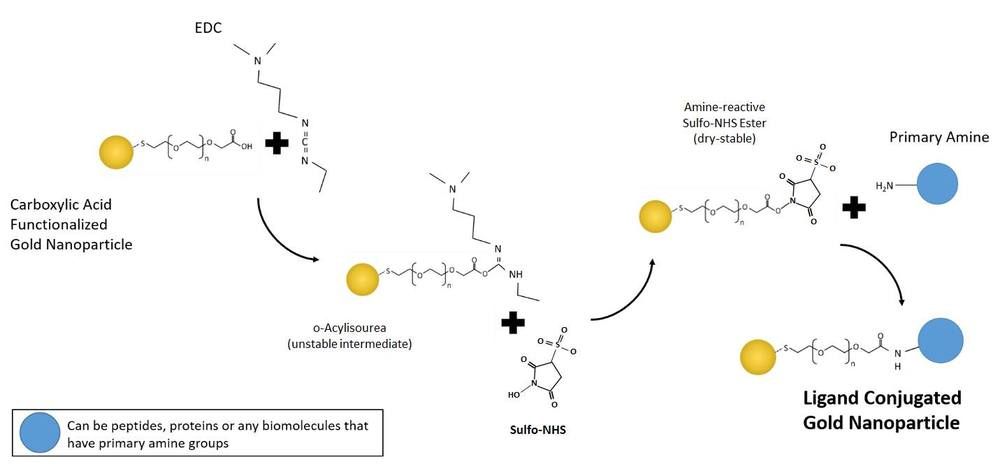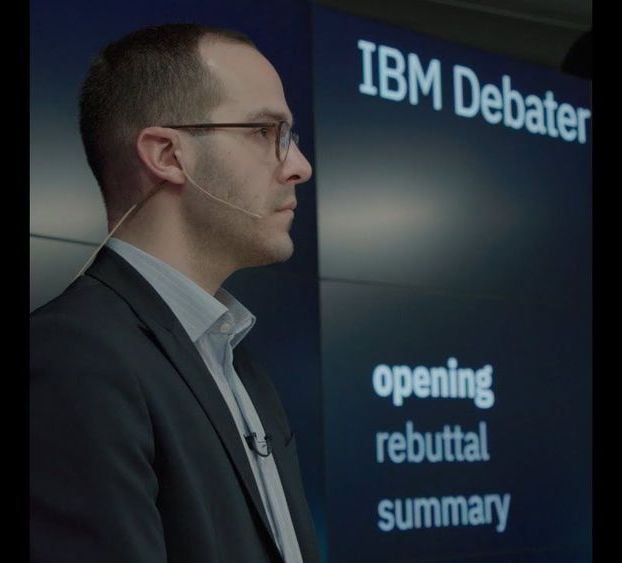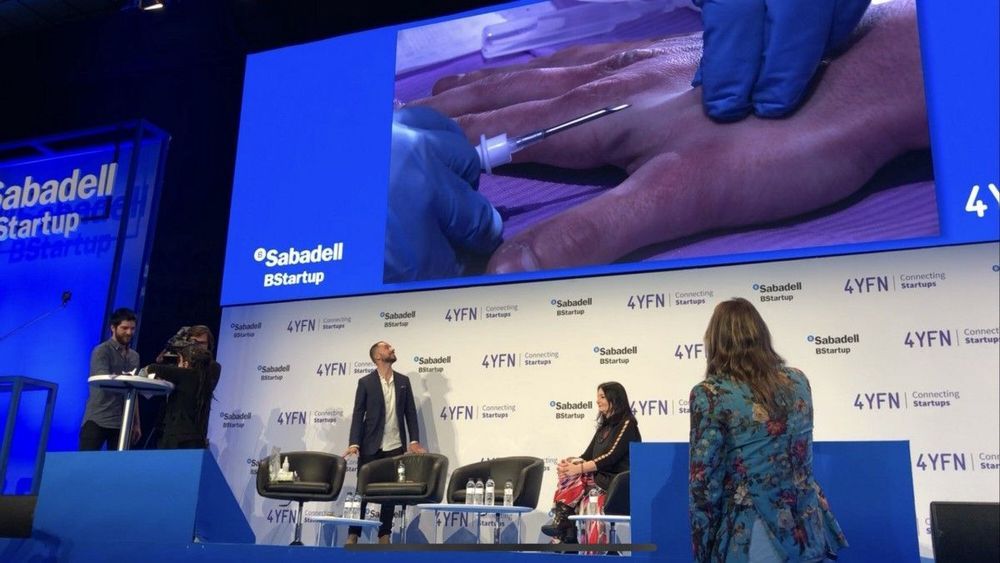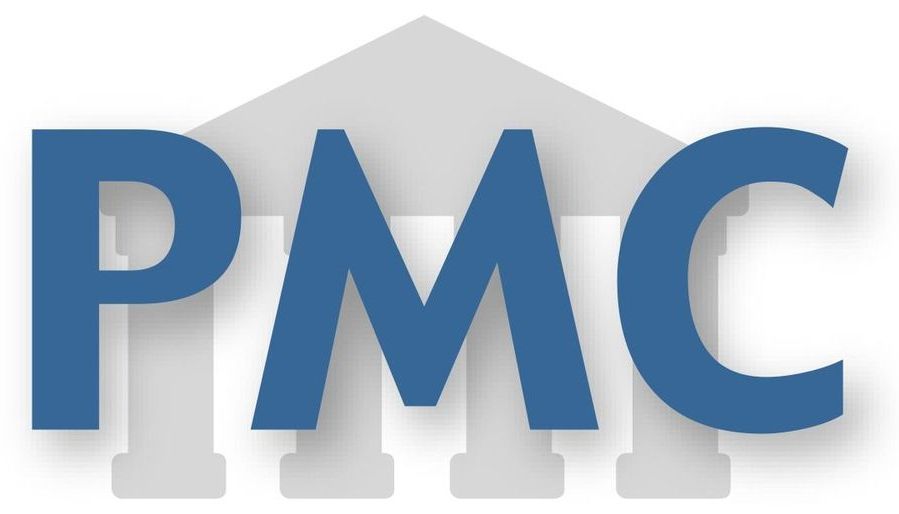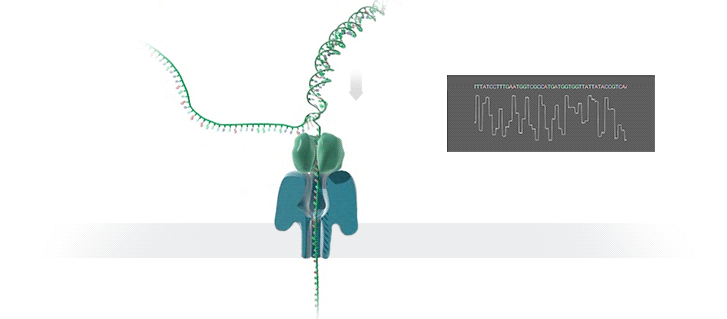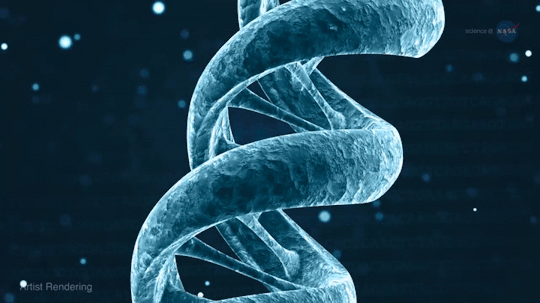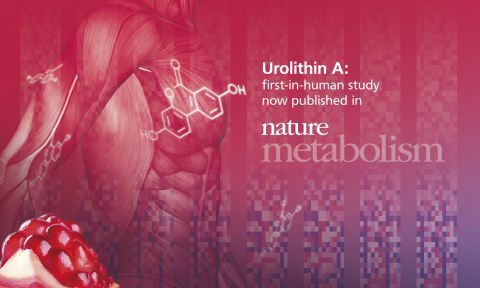Jun 15, 2019
Spinach power for solar cells
Posted by Richard Christophr Saragoza in categories: solar power, sustainability
Popeye would be proud.
Popeye uses spinach to power his muscles. Now, scientists are looking to spinach as a power source for making electricity.
A solar cell converts sunlight into electricity. Most of these, today, are made of a material called silicon. The new device instead uses proteins from spinach and from a bacterium called Rhodobacter sphaeroides.

